Traditional vs Smart Padlock: A Technology Comparison
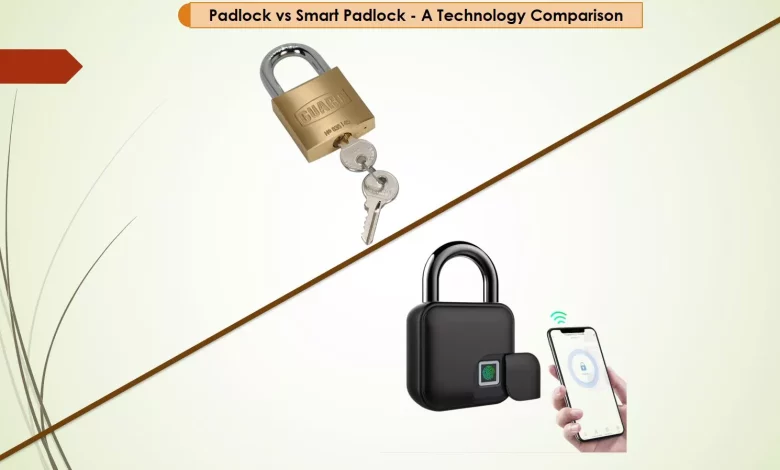

Padlocks are one of the most common types of locks used today. They are portable, easy to use and provide a high level of security. In this article, we will discuss the history of padlocks, the different types available, best practices for using and maintaining them and the difference between traditional and smrat padlocks.
History of Padlock
Padlocks have been used for thousands of years, with the earliest known examples dating back to ancient Egypt and Rome. These early padlocks were made of wood and metal and were used to secure valuables and possessions.
Over time, padlocks have evolved and improved. In the Middle Ages, blacksmiths began making padlocks out of iron, which was stronger and more durable than wood.
In the 19th century, padlocks made of steel became popular, and in the 20th century, padlocks made of brass and aluminium were introduced.
Types of Padlocks
Padlocks come in a variety of types, each with its own set of features and benefits. Some of the most common types of padlocks include:
- Combination Padlocks: These padlocks use a combination of numbers or letters to open them, eliminating the need for a key. They are popular in schools, gyms, and other public places.
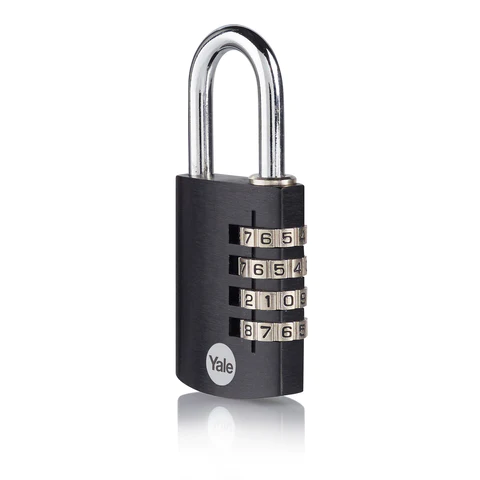

- Keyed Padlocks: These padlocks use a key to open them, making them more secure than combination padlocks. They are popular in homes, businesses, and other private places.
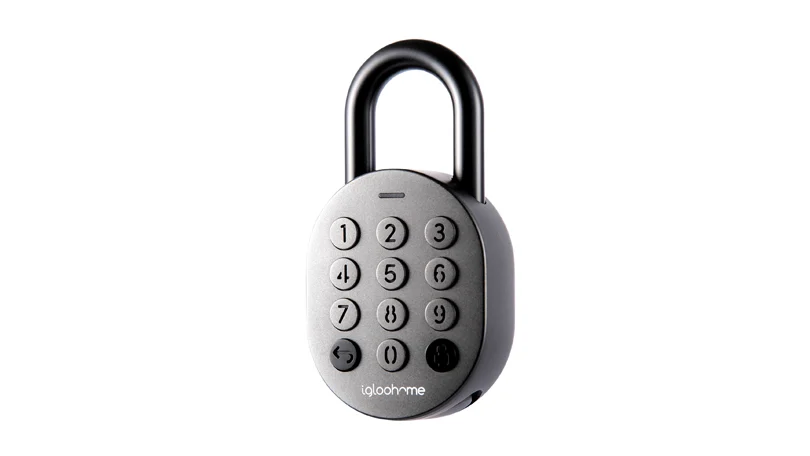

- Laminated Padlocks: These padlocks have multiple layers of steel, making them more resistant to cutting and drilling. They are popular for use in high-security situations.
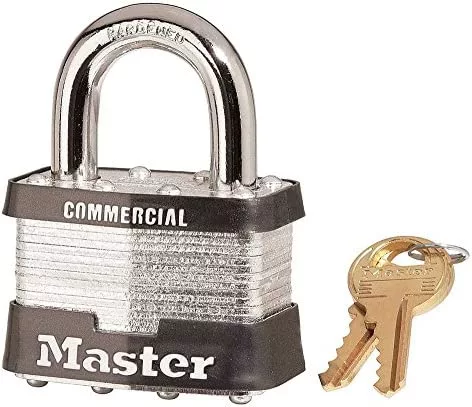

- Padlocks with a Built-in Alarm: These padlocks have an alarm that sounds when someone tries to tamper with them. They are popular for use in outdoor and high-traffic areas.
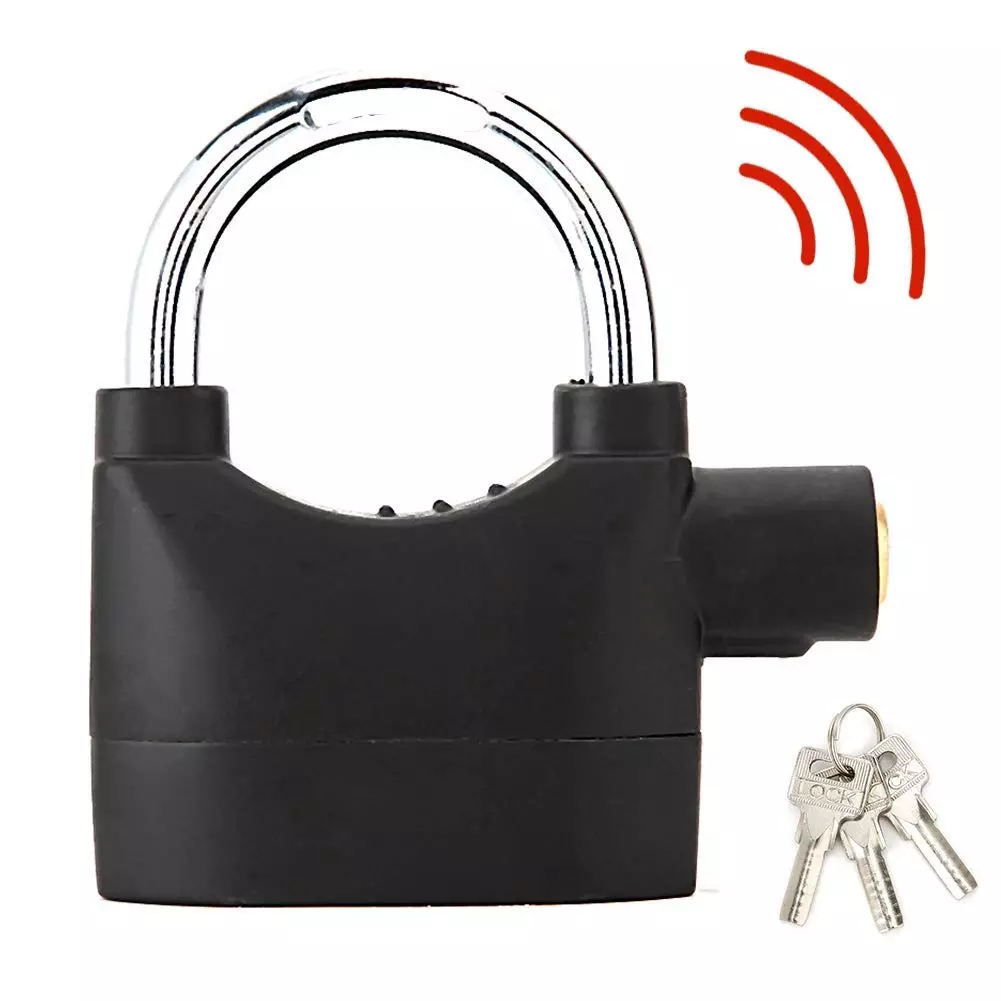

Best Practices for Using and Maintaining Padlocks
- Always lock your padlock when not in use.
- Regularly inspect your padlock for signs of wear and tear, such as rust or damage to the shackle.
- If your padlock shows signs of wear and tear, it is best to replace it.
- Keep the keys to your padlock in a safe place, and do not share them with anyone.
- Use a good quality lubricant on the key and lock mechanism to keep it working smoothly.
Padlocks are essential to our everyday lives, providing security for our homes, businesses, and possessions.
By understanding the different types of padlocks available and following the best practices for using and maintaining them, you can ensure that your padlock provides the protection you need.
Smart Padlocks
Smart padlocks are a new type of padlock that uses advanced technology to provide enhanced security and convenience. They are different from traditional padlocks in that they can be controlled and accessed using a smartphone or other connected devices.
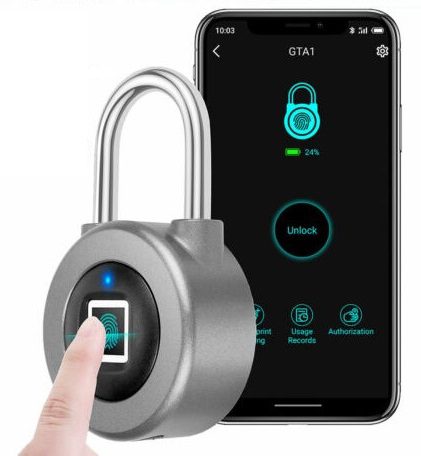

Smart padlocks may have fingerprint and facial recognition features.
Now, we will discuss its features, the best smart padlocks available and how they differ from traditional padlocks.
Features of Smart Padlocks
Smart padlocks come with various features that make them more secure and convenient than traditional padlocks. Some of the most common features include the following:
Remote Access:
Smart padlocks can be controlled and accessed remotely using a smartphone or other connected device. This allows you to lock and unlock your padlock from anywhere.
Keyless Entry:
Smart padlocks can be opened using a code, a fingerprint, or even facial recognition, eliminating the need for a physical key.
Activity Logs:
Smart padlocks can keep a log of all the lock and unlock activity, which can be accessed through the app or web interface.
Sharing Access:
Smart padlocks can share access to the padlock with others, such as friends, family, or employees.
Weatherproof:
Some smart padlocks are weatherproof and can withstand extreme temperatures and weather conditions.
Best Smart Padlocks
Master Lock Bluetooth Padlock:
This padlock is a heavy-duty padlock with a weatherproof design and offers keyless entry via a Bluetooth-enabled smartphone.
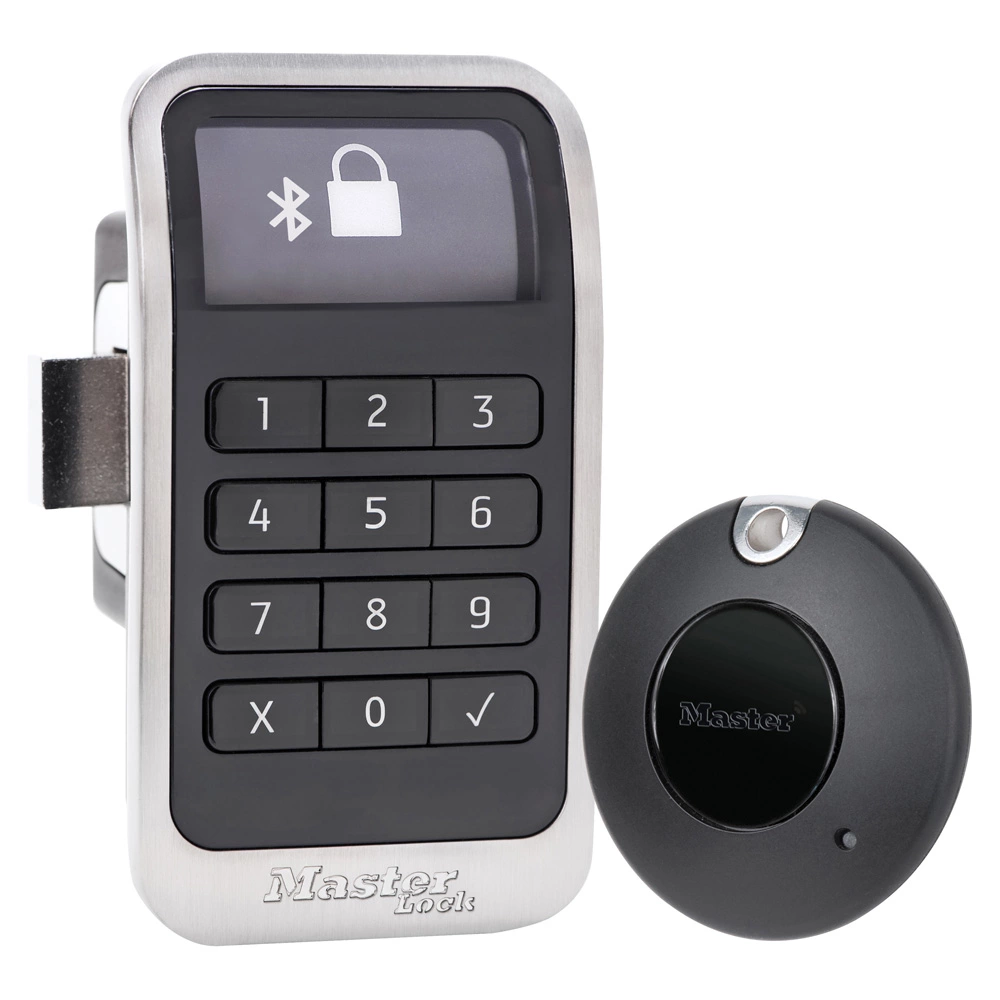

Ultraloq U-Bolt Pro Smart Padlock:
This padlock offers keyless entry via Fingerprint, code, key, or smartphone and has a weatherproof design and long battery life.


Kwikset Kevo Convert Smart Padlock:
This padlock offers keyless entry via a Bluetooth-enabled smartphone and can be converted from a traditional padlock to a smart padlock.
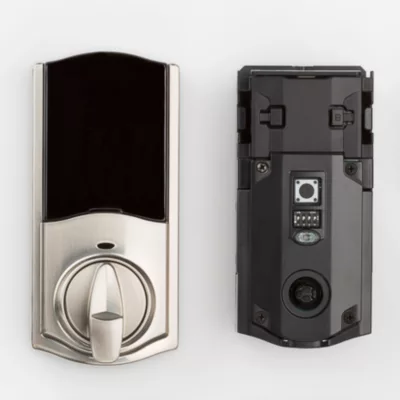

Differences between Smart Padlocks and Traditional Padlocks
- Smart padlocks can be controlled and accessed remotely using a smartphone or other connected device, while traditional padlocks require a physical key.
- They offer keyless entry via a code, Fingerprint, or facial recognition, while traditional padlocks require a physical key.
- Smart padlocks can keep a log of all lock and unlock activity, while traditional padlocks do not have this capability.
- They can share access to the padlock with others, while traditional padlocks require a physical key to be given to the person who needs access.
How does Fingerprint Smart Padlock work?
Fingerprint padlocks are a type of smart padlock that uses biometric technology to provide keyless entry. They use a fingerprint scanner to read and identify fingerprints, allowing only authorized users to unlock the padlock. Here is a general overview of how fingerprint smart padlocks work:
Registration
To use a fingerprint smart padlock, users must first register their fingerprints in the padlock’s database. This is typically done by pressing their finger against the fingerprint scanner, which captures and stores the Fingerprint.
Users can typically register multiple fingerprints, allowing multiple people to access the padlock.
Unlocking
When someone wants to unlock the padlock, they press their finger against the fingerprint scanner. The scanner reads the Fingerprint and compares it to the fingerprints stored in the padlock’s database.
If the Fingerprint matches one of the stored fingerprints, the padlock will unlock. If the Fingerprint does not match any stored fingerprints, the padlock will remain locked.
Security
Fingerprint smart padlocks are generally more secure than traditional padlocks or smart padlocks that rely on a code or key.
Because fingerprints are unique to each individual, it is difficult for someone to gain unauthorized access to the padlock.
Additionally, some fingerprint smart padlocks use encryption to protect the stored fingerprints, making it even more difficult for someone to gain unauthorized access.
Battery-powered
Fingerprint smart padlocks are battery-powered, which means they need to be charged or replace batteries.
Some models have long battery life, but others may need to be charged or have batteries replaced more frequently.
Make sure to check the battery life of the model you are interested in before purchasing.
A fingerprint smart padlock is considered to be more secure than traditional padlocks that rely on a code or key.
However, they need to be charged or have batteries replaced frequently, depending on the model you choose.
How Face Recognition Smart Locks Works?
There are facial recognition smart locks available in the market. These locks use face recognition technology to provide keyless entry.
They use a camera to capture and read facial features and then compare them with the stored facial features in the lock’s database. If the facial features match the stored features, the padlock will unlock.
Facial recognition locks work in a similar way to fingerprint smart padlocks, but instead of using fingerprints, they use facial recognition.
They allow users to register their face as the key, eliminating the need for a physical key or code. They offer a high level of security as face recognition is considered more secure than a traditional key or code-based padlocks.
However, environmental factors such as lighting, facial hair, makeup, and glasses can affect facial recognition technology.
Also, some facial recognition technology is less accurate than others, so it is important to consider the specific model before purchasing.
These types of locks are still not as common as fingerprint or code-based padlocks, but they are becoming increasingly popular as the technology improves and becomes more affordable.
Comparison Among Facial, Fingerprint and Traditional Locks
In the below table, you can see a comparison between face recognition locks, fingerprint padlocks, and traditional padlocks in terms of security, keyless entry, registration, access, sharing access, weatherproof, battery-powered, accuracy, and price.
| Face Recognition Locks | Fingerprint Padlocks | Traditional Padlocks | |
| Security | High | High | Medium |
| Keyless entry | Facial recognition | Fingerprint recognition | Key |
| Registration | Using facial features | Using fingerprints | No |
| Access | Only authorized users with registered facial features | Only authorized users with registered fingerprints | Anyone with a key |
| Sharing access | Yes, by registering multiple facial features | Yes, by registering multiple fingerprints | Physical key needs to be shared |
| Weatherproof | Some models are weatherproof | Some models are weatherproof | Yes |
| Battery-powered | Yes, some models are battery-powered | Yes, some models are battery-powered | No |
| Accuracy | High, Depends on the technology and model | Depends on the technology and model | Not applicable |
| Price | Expensive compared Fingerprint and traditional padlocks | Expensive compared to traditional padlocks | Cheapest among all |
Final Thoughts
Overall, facial recognition locks provide the highest level of security, but they also tend to be more expensive and less accurate than fingerprint padlocks.
Fingerprint padlocks offer a high level of security and convenience, but they also tend to be more expensive than traditional padlocks.
Traditional padlocks are the most affordable, but they require a physical key to access and offer the lowest level of security.
It is important to consider your specific needs and budget when choosing between these different types of padlocks.
For example, if you are looking for a padlock for a high-security area, such as a business or government building, a facial recognition or fingerprint padlock might be the best choice.
But, for less critical areas, such as a locker in a gym or a personal storage unit, a traditional padlock might be sufficient.




